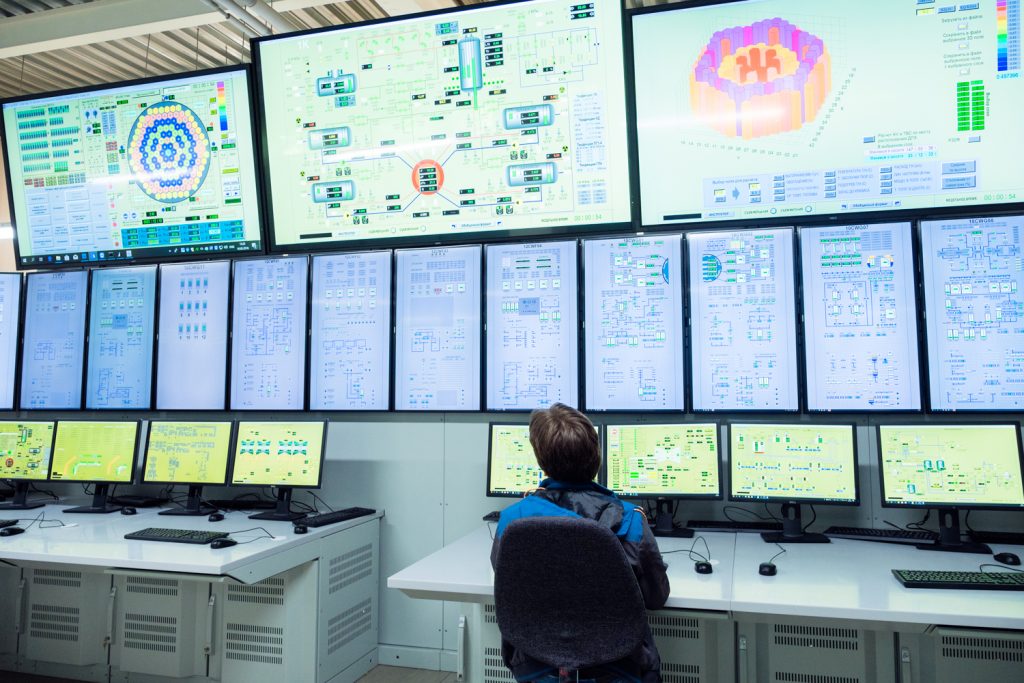A recently published book on some aspects of the ecology of woody introducents in the Murmansk oblast of Russia provides the information on 19 species of plant-damaging insects out of which only 4 species are identified correctly. Dr Mikhail V. Kozlov from the University of Turku provides correct identifications for the insects, illustrated in the book, in his paper, published in the open-access journal Arctic Environmental Research in order to prevent the spread of erroneous information across future publications and databases.
Insect fauna of the Murmansk region is relatively well-studied and that’s why any new faunistic records from this region immediately attract the attention of entomologists. Those findings are especially exciting when they extend the distribution range of certain species by 1,000 to 2,000 km towards the North Pole.
The published misidentifications of insect species can lead to a cascading effect of mistakes, because entomologists commonly use faunistic data published by colleagues decades and even centuries ago. That’s why it is very important to keep a track of such cases and provide correct identifications if possible, remarks the author.
“In particular, three moth species (Archips crataegana, A. podanaand Erannis defoliaria) reported in this book to occur around Kirovsk have not yet been found either in the Murmansk oblast or in the more southern Karelia. In neighbouring Finland, the northernmost records of these species are from locations some 1,000 km to the south of Kirovsk”,
Dr Kozlov shares his concerns.
The most striking examples of misidentification in the book are at the order level: a syrphid fly (Diptera) identified as a leafcutter bee (Hymenoptera), and a sawfly (Hymenoptera) identified as a psyllid (Hemiptera).

Leaf beetle Chrysomela lapponica, erroneously mentioned in the criticized book as a pest of bird cherry, shadbush and chokeberry, feeds in the Murmansk oblast only on willows.
Credit: Vitali Zverev
License: CC-BY 4.0
In conclusion, Dr Kozlov’s revision found that 15 out of the 19 species illustrated were incorrectly identified. Thus, the leaf damage associated with certain insect species, considered in the book, also becomes very questionable.
“The misidentification of pest species can easily result in incorrect pest management and face unnecessary costs, while publication of incorrect data distorts our knowledge of the distribution and biology of insects. Therefore, insect identification for scientific, educational or pest management purposes should always be performed by professionals or by volunteers and students who have specific training for this
concludes Dr Mikhail V. Kozlov.
purpose”,
***
Original source:
Kozlov MV (2019) Insects identified by unqualified scientists: multiple “new” records from the Murmansk oblast of Russia are dismissed as false. Arctic Environmental Research 19(4): 153-158. https://doi.org/10.3897/issn2541-8416.2019.19.4.153




